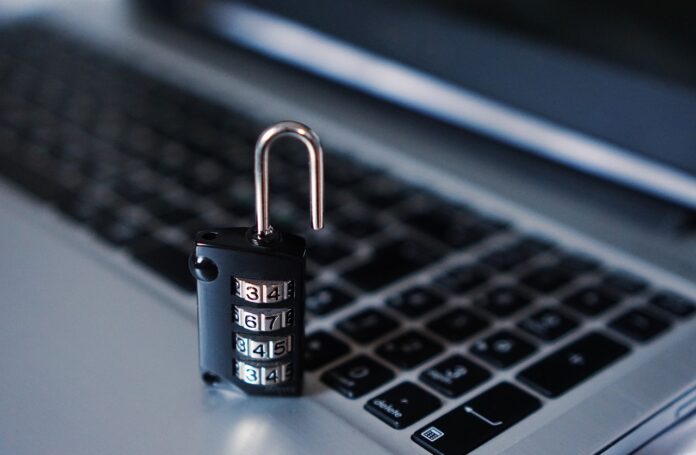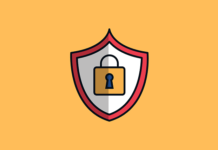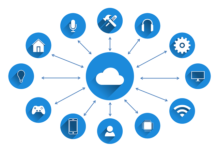Among many risks we face while browsing through the internet, those found on social media can have the most significant impact since we spend a lot of our time scrolling and liking other people’s posts.
Keep reading because we’re bringing you some of the most frequent security threats you should have in mind and a few suggestions for tackling them down.
MOST COMMON SOCIAL MEDIA RISKS
Since social media networks constantly harvest our data, a good chunk of it slips from time to time and ends up being sold on the black market. Other common risks include hacking social media accounts and phishing attempts where hackers lure people into clicking on malicious links or downloading infected files to hurt them. Therefore, make sure to always have your eyes open and protect your accounts with all available methods.
HOW TO SECURE YOUR ACCOUNTS
1. Take good care of your credentials
Next time you create a new password, keep in mind that 80 percent of hacking-related incidents have been associated with poor password practices. Thus, create passwords that include whole phrases or sentences since they tend to be easier to remember and harder to break. Also, replace some of the letters with numbers to make it even more secure. Furthermore, keep your credentials just for yourself regardless of the circumstances and change them immediately if you suspect that someone has been fumbling with them.
2. Add two-factor authentication
Protecting your social media accounts with passwords is standard practice. However, it tends to be outdated in this day and age if you consider the severity of cyberattacks striking users continuously. Two-factor authentication will shield your accounts with an extra verification layer.
Most often, a 2FA includes a regular password in combination with a one-time security code generated by an authentication app or a biometric feature like a face scan or a fingerprint. Besides, nowadays, social media networks like Facebook, Instagram, and Twitter have embedded a 2FA feature, making it even easier to protect your account.
3. Turn on notifications for suspicious login attempts
Brute force attacks are not a rarity on social media, and it’s best to take all precautions to prevent intruders from breaking into your accounts and potentially stealing your identity.
For that reason, social media platforms designed a suspicious login alert system that lets you know if someone tries to access your account from an unknown location. Go through your settings and make sure to turn a login alert on, and you’ll have the option to change your password if something fishy happens immediately.
4. Don’t share too much personal information on social media
Oversharing on social media can sometimes cause you a years-long embarrassment, but it can lead to much more severe issues as well.
Tagging yourself everywhere you go and revealing information about your personal and professional life can ultimately share too much information with people you don’t want near your sensitive data.
Furthermore, there are other ways you can expose more about yourself than you would wish to. For example, ExpressVPN suggests ways you can be identified online without even noticing. One of those ways is publishing photos packed with metadata.
Even if you’re not tagging yourself on photos, and they don’t show your location, they still contain metadata with information about the precise location and time the picture has been taken, as well as other vital data someone could use against you.
Conclusion: Protecting your social media accounts should be one of the most critical aspects of your cybersecurity strategy since we spend more and more time with mobile devices in our hands.
Hence, you should learn a trick or two that’ll help you combat threats coming your way. But remember, you don’t have to develop a complete security plan – add a few tips and build your strategy as you go.
(Published as part of a content partnership with TurnONVPN.org)











